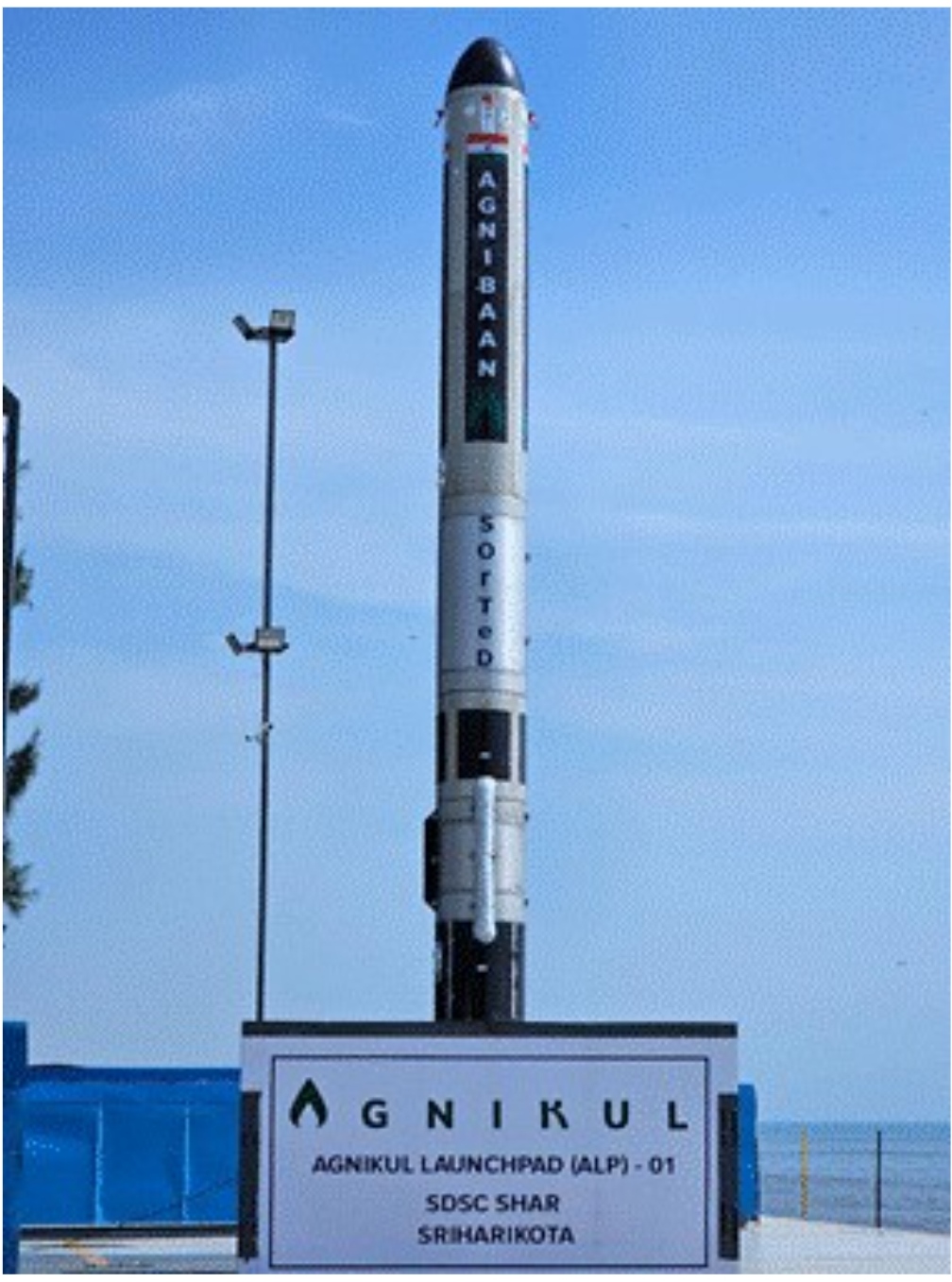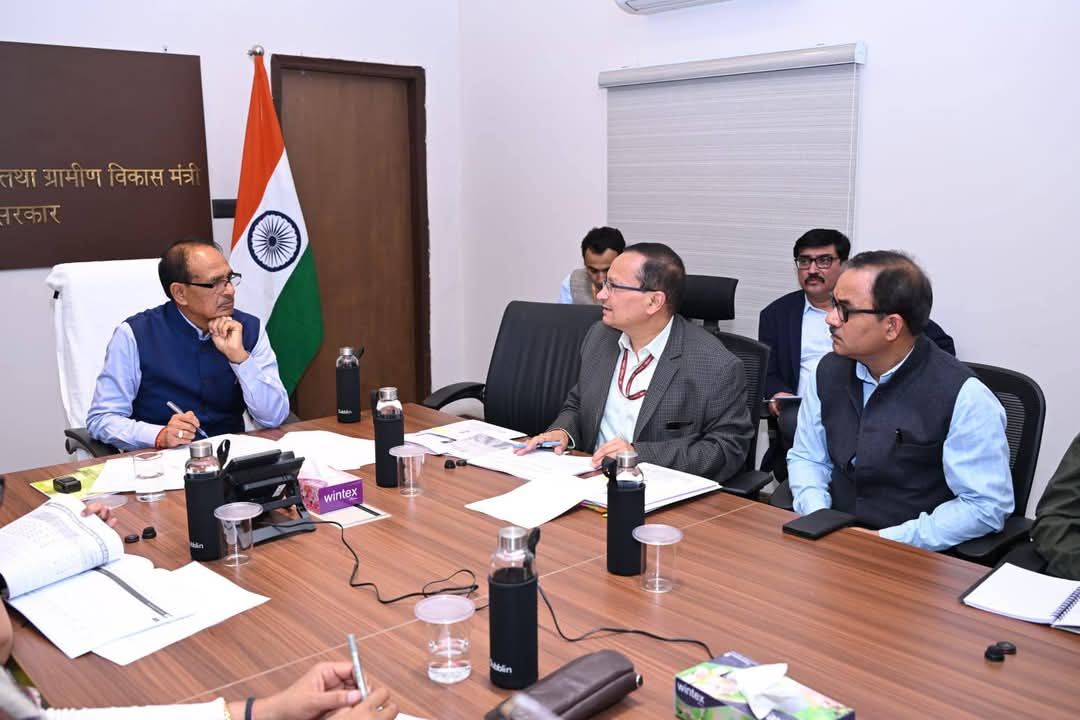India’s Breakthrough in Space Technology: Agnikul’s Launch of Agnibaan Marks Milestone.
New Delhi:
On May 30th, 2024, India achieved a historic milestone in its space endeavors with the successful launch of Agnibaan, an innovative two-stage orbital launch vehicle. Developed by Agnikul Cosmos, a pioneering startup incubated at IIT Madras with support from the Department of Science and Technology (DST), Agnibaan is powered by India’s first patented Single-Piece 3D-printed Semi-Cryogenic Engines.
This achievement not only signifies a significant leap in India’s space capabilities but also positions the country as a key player in the global space sector. The launch of Agnibaan, named Agnibaan SOrTeD (Sub-Orbital Technology Demonstrator), took place from India’s inaugural private launchpad at SDSC SHAR, Sriharikota. This marks a pivotal moment as it is India’s first semi-cryogenic engine flight and the first flight to utilize Ethernet-based avionics architecture.
Agnikul Cosmos, supported by DST’s Technology Business Incubator (TBI) at IIT Madras, leveraged the state-of-the-art facilities at the National Centre for Combustion Research and Development (NCCRD) to refine their technologies. The NCCRD, the world’s largest combustion research center, played a crucial role in developing the innovative propulsion systems essential for Agnibaan’s success.
The journey towards Agnibaan began with Agnikul’s establishment of India’s first private launchpad and Mission Control Centre at Sriharikota, a testament to the government’s progressive policies opening up the space market to private entities. Additionally, collaboration with Pravartak Technologies from IIT Madras further bolstered their capabilities in developing and commercializing deep space technologies.
One of the standout features of Agnibaan is its pioneering engine, manufactured using high-grade aerospace materials through advanced additive manufacturing techniques. This approach not only enhances reliability but also accelerates production timelines, crucial for scaling up space missions efficiently.
Furthermore, Agnibaan incorporates cutting-edge technologies such as a powerful electric drive for propellant feed and an advanced autopilot system ensuring precise mission execution despite external conditions.
The successful launch of Agnibaan underscores India’s technological prowess and strategic vision in becoming a global hub for low-cost space missions. It sets a benchmark for future endeavors in space exploration and positions Agnikul Cosmos as a frontrunner in the commercial space sector.
In summary, India’s achievement with Agnibaan represents a giant leap towards achieving affordable and accessible space missions, powered by indigenous innovation and supported by robust government initiatives in fostering space technology startups.



